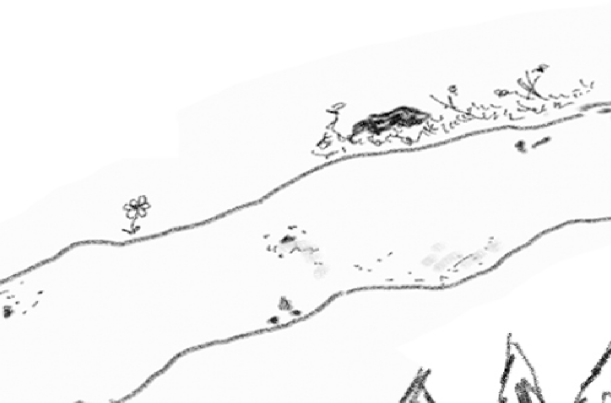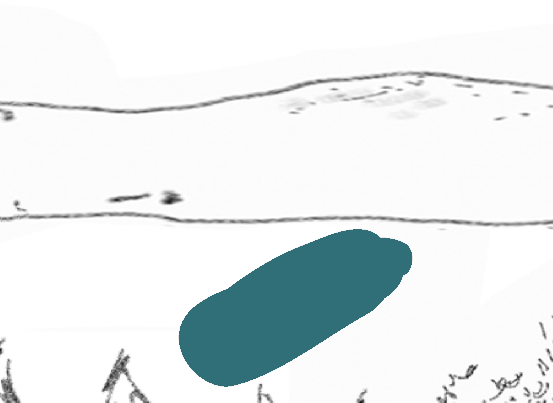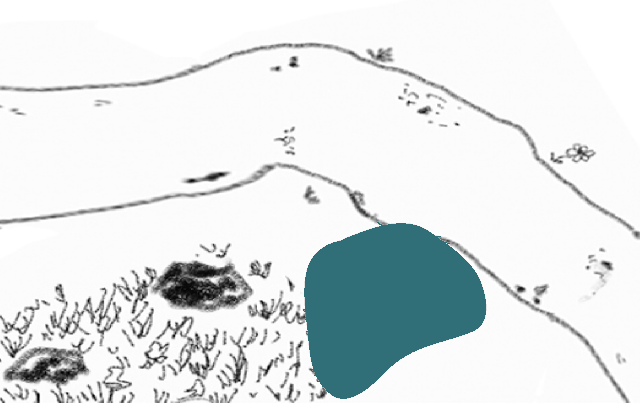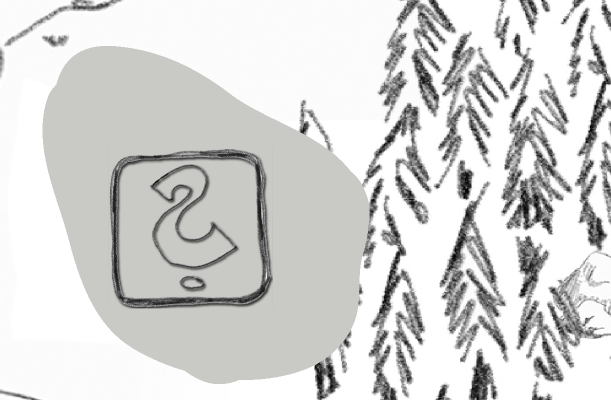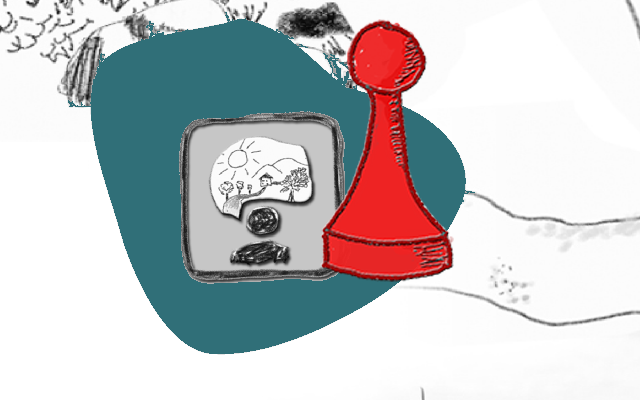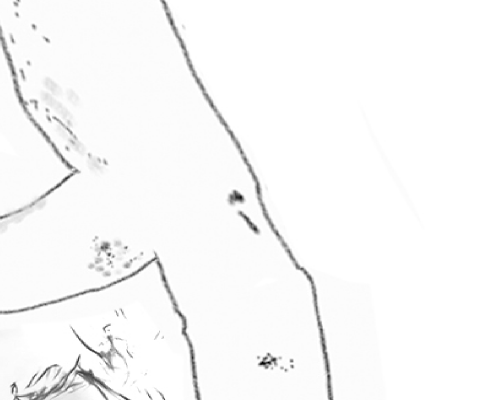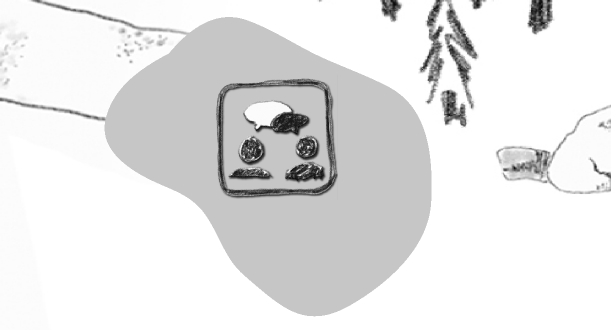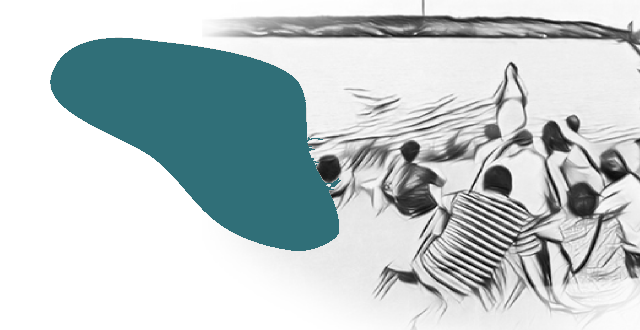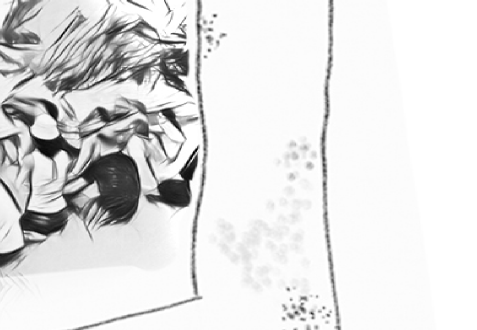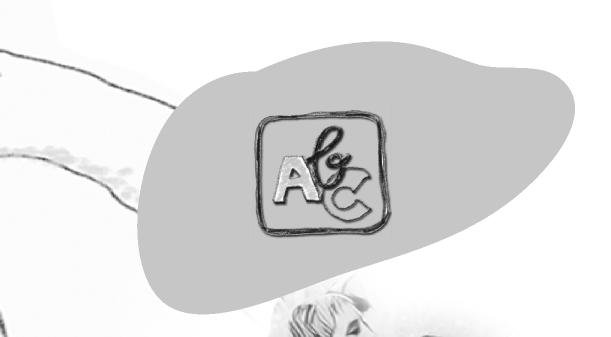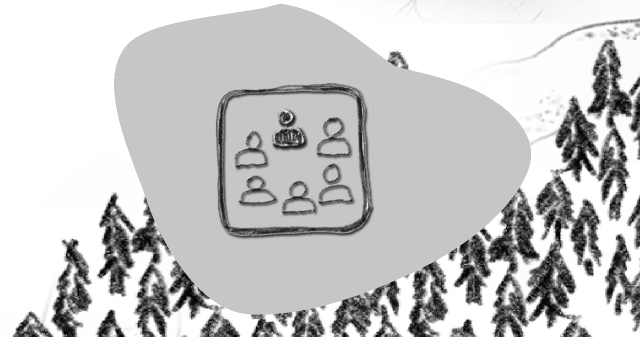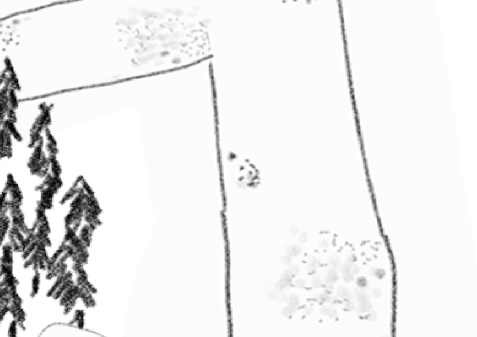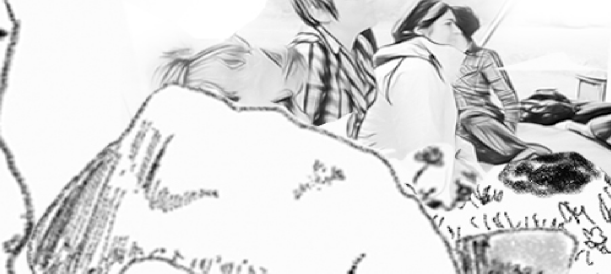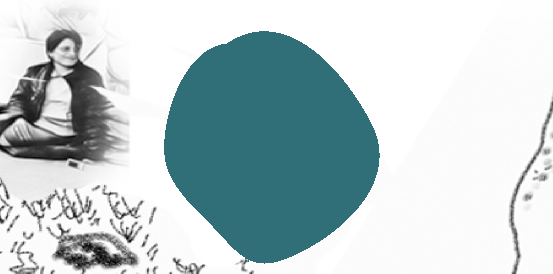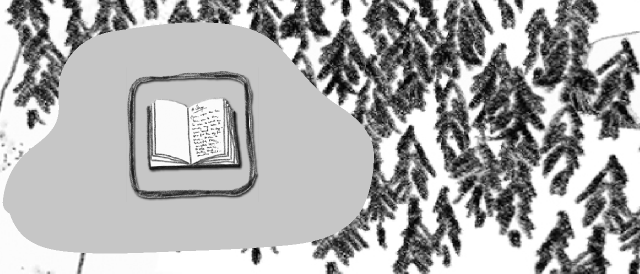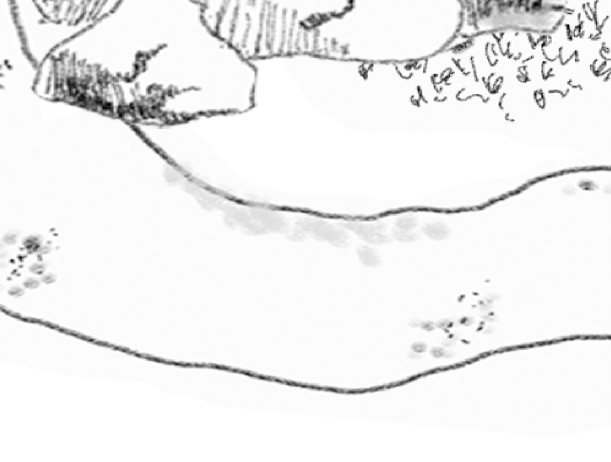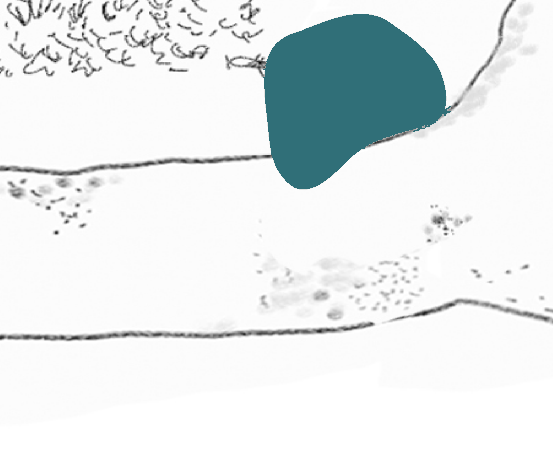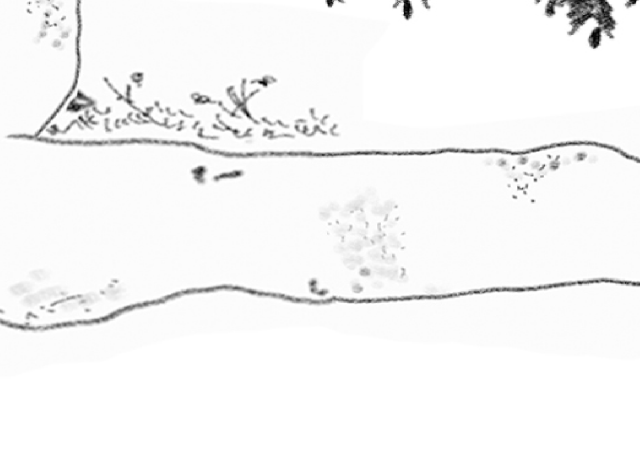Module -Storytelling
- Introduction ▾
- Competence-based learning ▾
- Select suitable stories ▾
- Structure and remember a story ▾
- Presentation of your story ▾
- Space in which the stories should be told ▾
- Involve and engage your learners ▾
- Develop your learners' competences ▾
Let's start with a story!
Enjoy "The Useless Tree", told by Joke van Himbeek.Introduction to the module

The knowledge material woven into a story is easier to remember. Oral storytelling is a pictorial, concrete language that speaks directly to the heart and allows the listener not only to understand but also to experience what is being conveyed. Inner images are created and the listeners feel involved, touched, co-created. Their senses are also opened to absorb more factual knowledge. Therefore, oral storytelling has always been a tool to illustrate knowledge content, to process conflicts and problems, to teach and socialise, to create empathy, to develop self-confidence, to entertain and amuse.
Some thoughts on oral storytelling
We mean that is a misunderstanding. In the oral narrative there are tools that no other media has and that reach the listeners on a deeper and more personal level. It is a medium that is easily accessible because technology consists of ourselves; of our voice and body. It can be used in most contexts: in family and social life, in school and at work, in community and association life and so on. It can be used for different purposes: entertainment, teaching, outlook on life, marketing, performing arts and more. For those who want to develop their story, there is an ocean of stories where she can choose what suits her. |
| In this module of the StoryComp online course we will make you competent in the art of storytelling – as a tool in adult education. Take the time to familiarize yourself with a little theoretical background, immerse yourself in the possibilities of storytelling and above all: do it yourself, tell your stories, step by step with concrete exercises and tips. So, what can you expect? |
 |
- We explain the concept of competence-based learning and the possibilities of storytelling within it.
- We give tips on how to select suitable stories.
- We support you in how to structure and remember a story.
- We work together on a good presentation of your story.
- We give recommendations for the space in which the stories should be told.
- We explain how to actively involve and engage your learners.
- We illustrate activities to develop your learners' competences and especially storytelling competences.
 |
 |
 |

